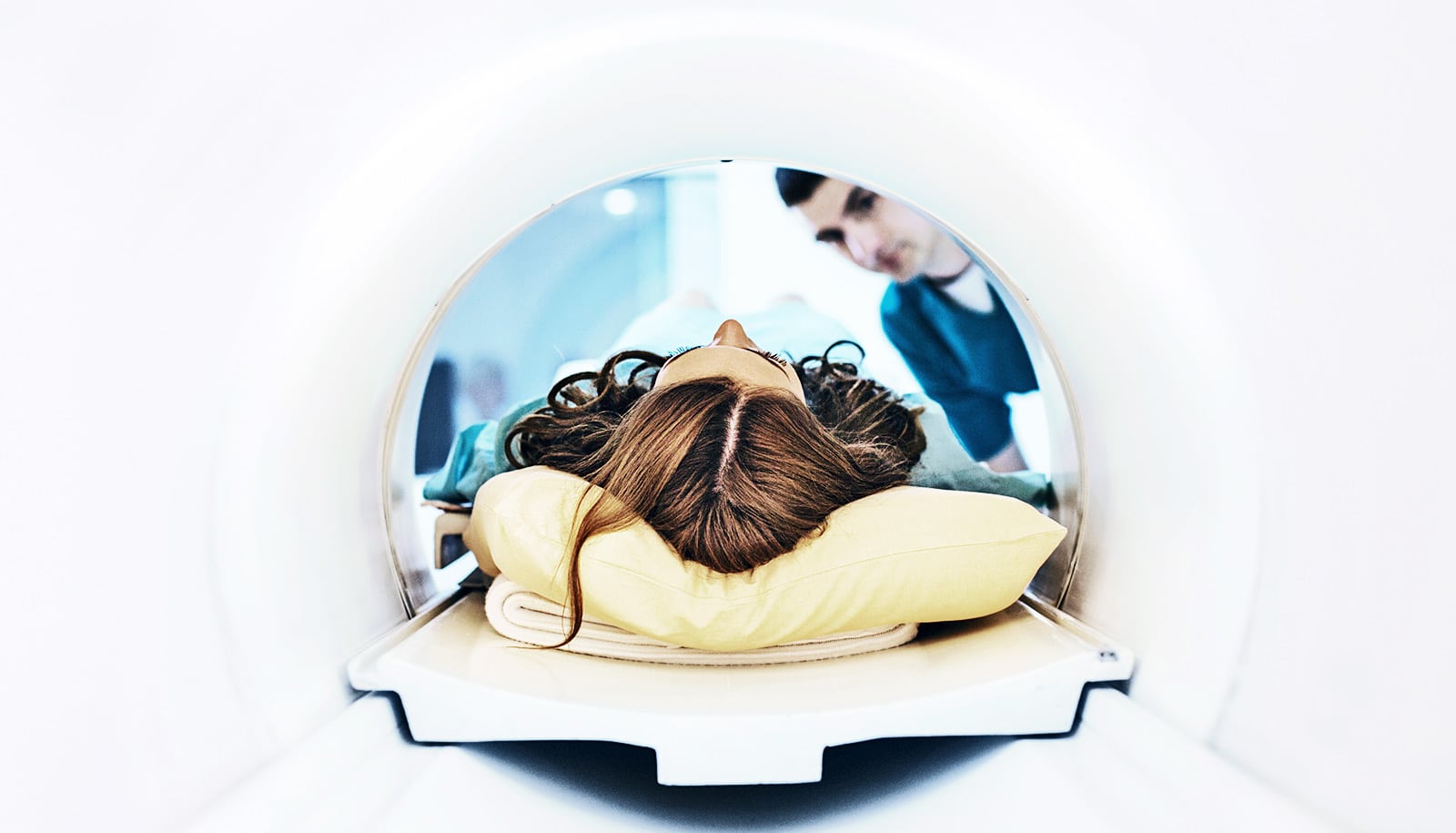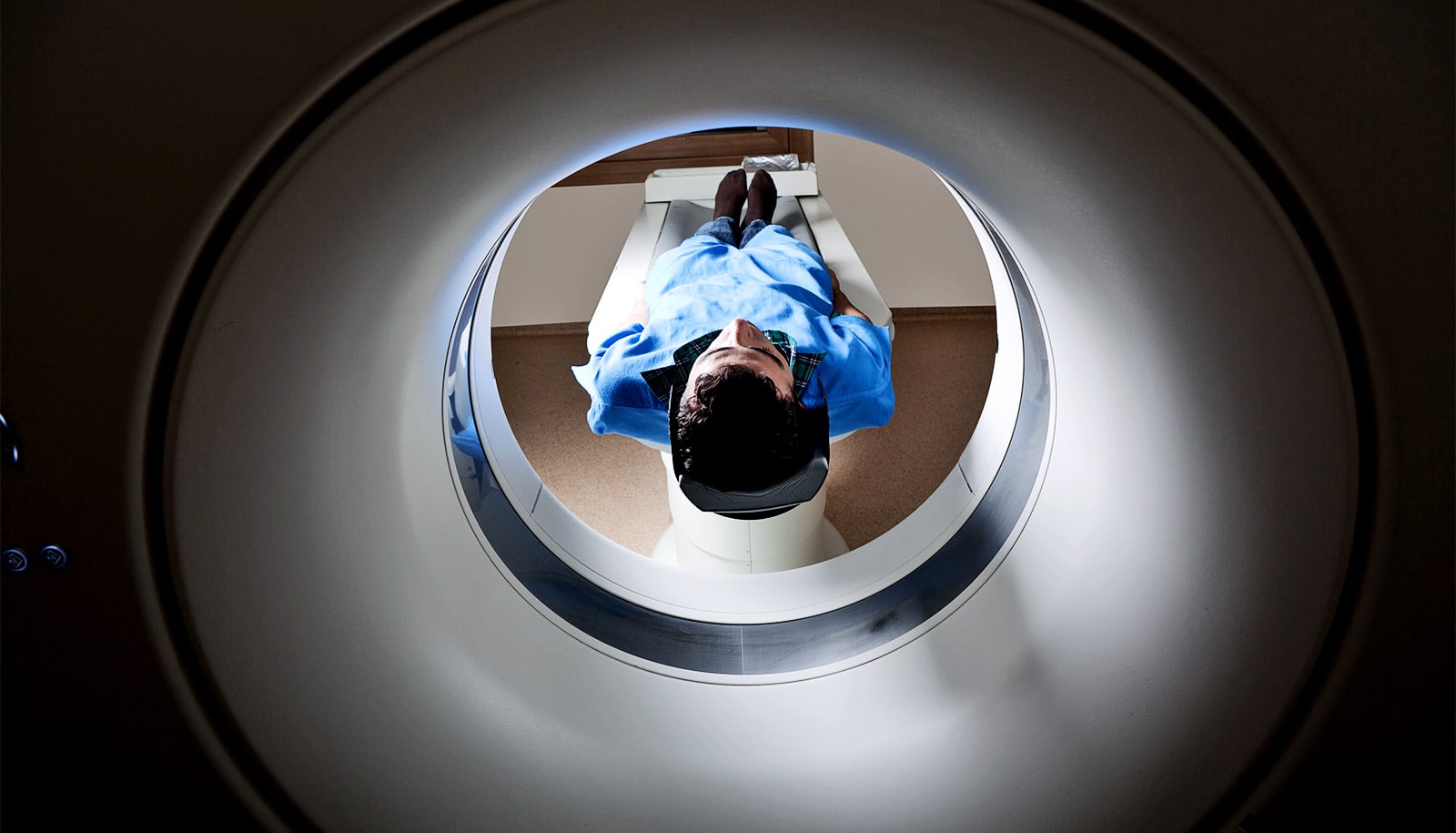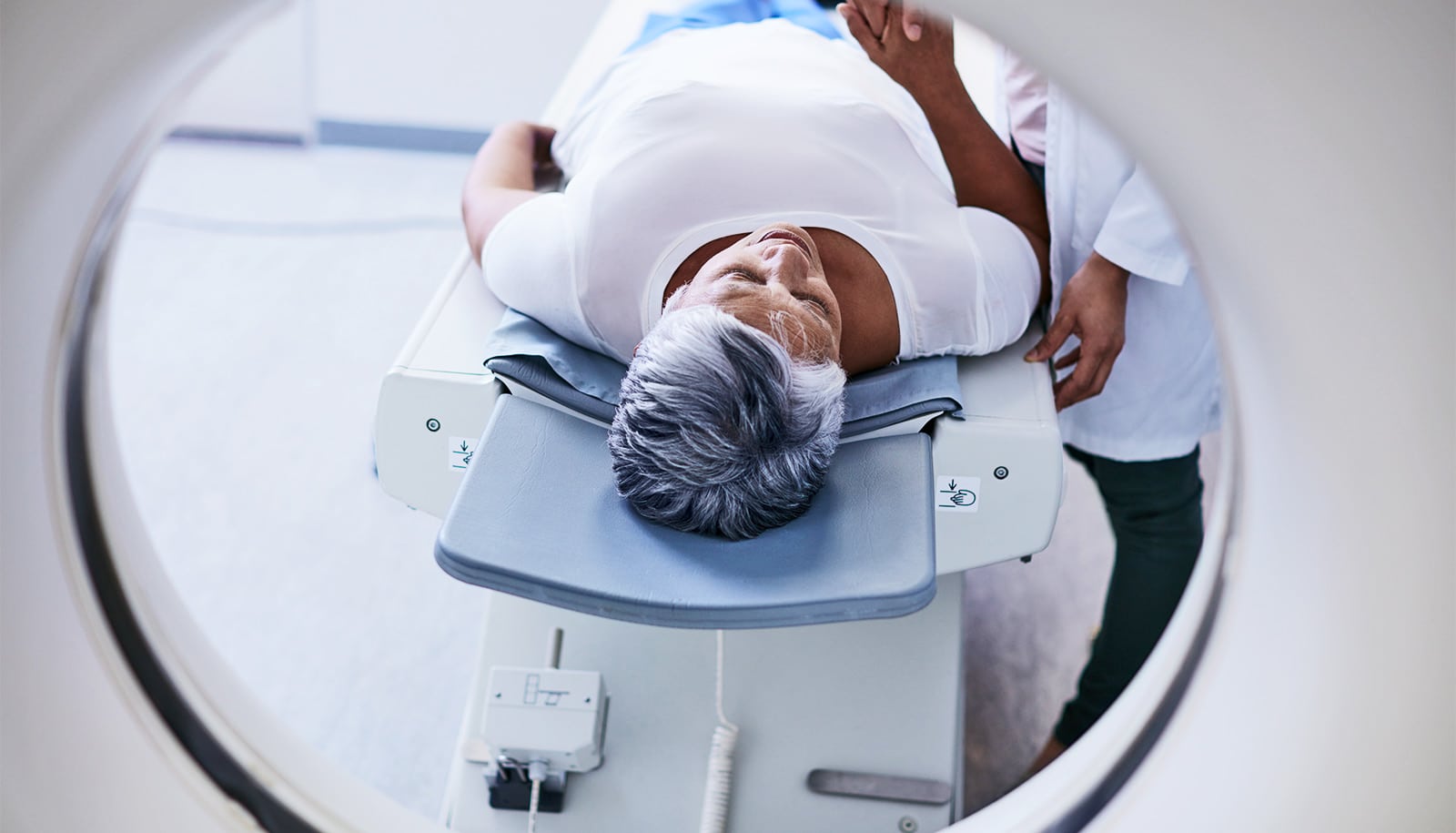Sharper MRI scans may be on the horizon thanks to a new physics-based model.
Researchers at Rice University and Oak Ridge National Laboratory have unveiled a physics-based model of magnetic resonance relaxation that bridges molecular-scale dynamics with macroscopic magnetic resonance imaging (MRI) signals, promising new insight into how contrast agents interact with water molecules.
This advancement paves the way for sharper medical imaging and safer diagnostics using MRI.
The study appears in The Journal of Chemical Physics.
This new approach, known as the NMR eigenmodes framework, solves the full physical equations that can be used to interpret how water molecules relax around metal-based imaging agents, a task that previous models approximated.
These findings could alter the development and application of new contrast agents in both medicine and materials science.
“By better modeling the physics of nuclear magnetic resonance relaxation in liquids, we gain a tool that doesn’t just predict but also explains the phenomenon,” says Walter Chapman, a professor of chemical and biomolecular engineering.
“That is crucial when lives and technologies depend on accurate scientific understanding.”
During an MRI scan, contrast agents are often used to enhance image clarity. These agents, typically based on a gadolinium ion encased in an organic shell, alter the way nearby water molecules respond to magnetic fields. This alteration, known as relaxation, enhances the contrast in tissue images.
Until now, most scientific models describing this process have relied on significant simplifications, treating complex molecular motions with limited fidelity to the real system’s behavior, which limited their predictive accuracy. The researchers sought to improve upon this.
“Our previous work used detailed simulations to study how water molecules interact with these contrast agents,” says Dilipkumar Asthagiri, a senior computational biomedical scientist in the National Center for Computational Sciences at Oak Ridge National Laboratory.
“In the present paper, we developed a comprehensive theory to interpret those previous molecular dynamics simulations and experimental findings. The theory, however, is general and can be used to understand NMR relaxation in liquids broadly.”
To create a more effective approach, the research team turned to the Fokker-Planck equation, a master equation that describes how the probabilities of molecular positions and velocities evolve. By solving this equation, they were able to capture the full spectrum of molecular motion and relaxation.
Essentially, the eigenmodes framework identifies the “natural modes” of how water molecules respond to contrast agents at the microscopic level. These modes provide a more detailed and accurate picture to interpret the relaxation process than earlier models could offer.
“The concept is similar to how a musical chord consists of many notes,” says Thiago Pinheiro, the study’s first author, a Rice doctoral graduate in chemical and biomolecular engineering and postdoctoral researcher in the chemical sciences division at Oak Ridge National Laboratory.
“Previous models only captured one or two notes, while ours picks up the full harmony.”
This framework not only reproduces experimental measurements at clinical MRI frequencies with high precision, but it also demonstrates that widely used simplified models are specific instances of a broader, more comprehensive theory.
The implications of this research extend beyond medical imaging. Because NMR relaxation is used to study the behavior of liquids in various scientific and industrial applications, the framework could also be applied in areas such as battery design and subsurface fluid flow.
“This kind of detailed modeling can help us understand how fluids behave in confined spaces like porous rocks or biological cells,” says Philip Singer, assistant research professor in chemical and biomolecular engineering at Rice. “It’s a fundamental tool that links molecular-scale dynamics to observable effects.”
The research team has made its code available as open source to encourage broader adoption and further development.
The Ken Kennedy Institute, Rice Creative Ventures Fund, Robert A. Welch Foundation, and Oak Ridge Leadership Computing Facility at Oak Ridge National Laboratory supported this study.
Source: Rice University



